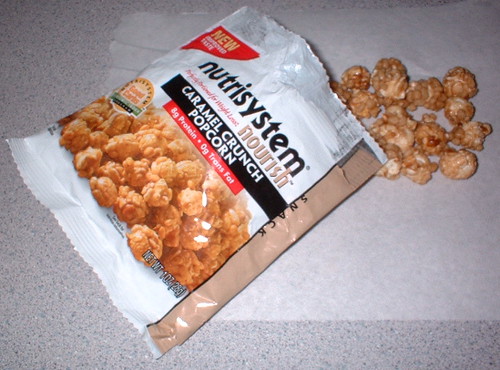Monday, June 23, 2008

Sugar Alcohols are natural occurring chemicals found in foods, most commonly starches and sugars. Their chemical make up closely resembles that of both sugar and alcohol, but the substance does not contain either one. It is technically a group of carbohydrates called Polyols.
Each Sugar Alcohol is different and the pros and cons may vary. The three most commonly used in current food production are: Xylitol , Sorbitol, and Maltitol.
These are often used in combination with each other or with artificial sweeteners. Most often they are used to lower calorie, carbohydrates, or sugar levels in food. This however, is not the extent of their use. Commonly you can find them as flavoring, bulking agents and to add texture to foods.
Below are the good, bad, and some times ugly sides of Sugar Alcohols. Please understand these effects can vary greatly due to the amount used, the kind, and your tolerance to them.
The most common benefits of Sugar Alcohols are:
- Lowered Calories
- Lowered Glycemic Levels
- Lower Net Carbs
- Oral Health
Here is a chart from About.com on the sweetness and glycemic index of some Sugar Alcohols.
This chart compares the different polyols.
GI=glycemic index
Cal/g=Calories per gram
Bear in mind that the glycemic index is a range, rather than a fixed number. Different studies yield different results. This chart is mainly sourced by the Livesey research reported in Nutrition Research Reviews, December 2003.
Comparison of Sugar and Sugar Alcohols
- Ingredient Sweetness GI Cal/g
- Sucrose(sugar) 100% 60 4
- Maltitol Syrup 75% 52 3
- Hydrogenated Starch Hydrolysate 33% 39 2.8
- Maltitol 75% 36 2.7
- Xylitol 100% 13 2.5
- Isomalt 55% 9 2.1
- Sorbitol 60% 9 2.5
- Lactitol 35% 6 2
- Mannitol 60% 0 1.5
- Erythritol 70% 0 0.2
- Dehydration
- Irritable Bowel Syndrome
- Diarrhea
- Rectal bleeding
- Vomiting
- Weakness
- Dizziness
- Persistent urge to empty the bowel
- Flatulence




0 Comments:
Post a Comment